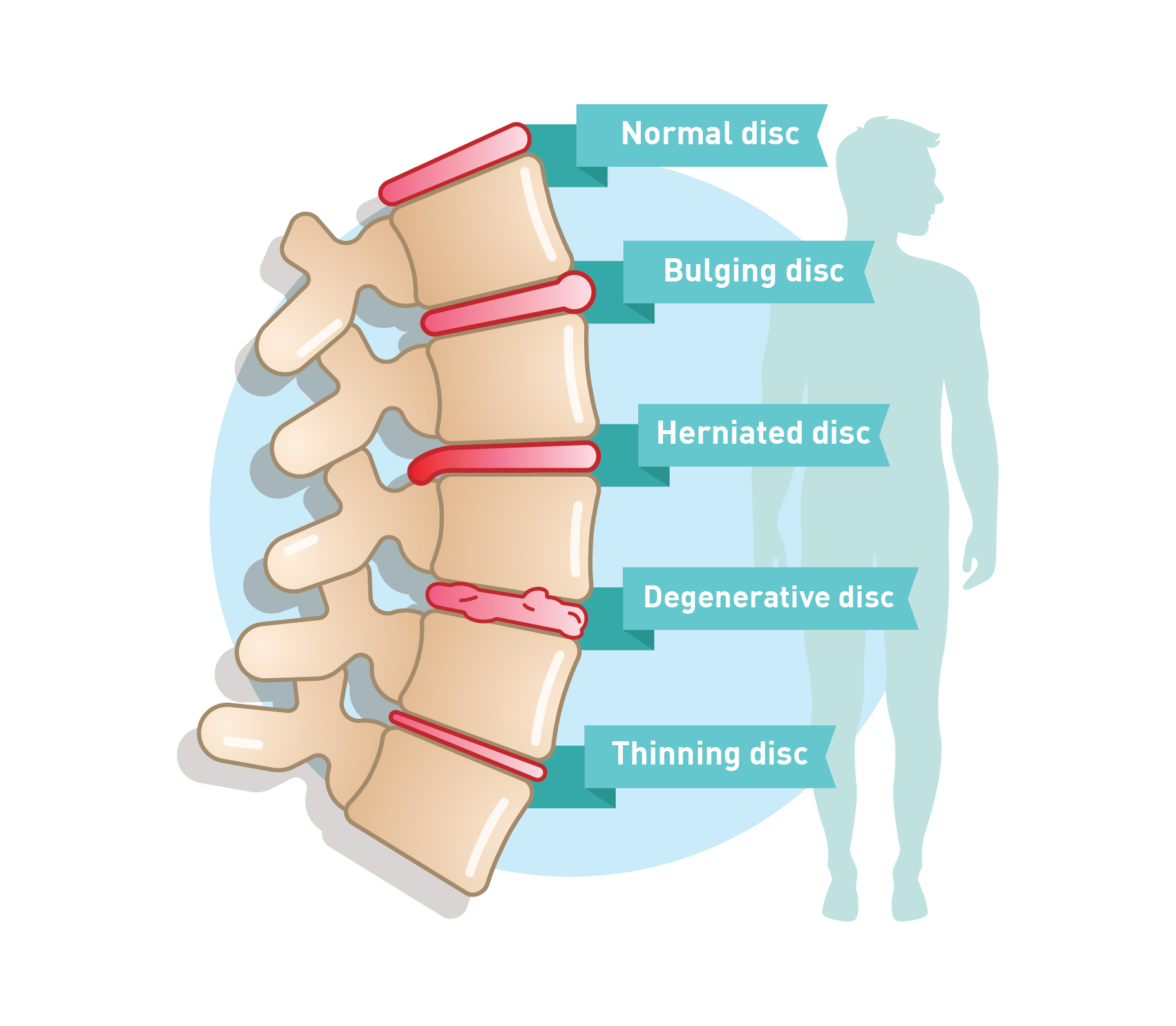Within the current fast-paced digital world, tackling pain has become more accessible than ever. As a result of the rise of technology, individuals experiencing with different forms of pain can turn to innovative apps, online resources, and telehealth services that meet their individual needs. Pain management is now limited to conventional methods; it has changed to include a wide range of therapies and treatments that utilize the power of digital tools.
Comprehending pain management is crucial for anyone experiencing with discomfort, irrespective of whether it is acute or chronic. This comprehensive guide examines the various types of pain, the treatments available, and how dedicated pain management clinics can play a crucial role in improving quality of life. From the research behind pain perception to holistic methods that involve diet and mindfulness, we will investigate a range of options that inspire individuals on their journey to relief. Whether seeking guidance on physical therapy, chiropractic care, or alternative treatments like acupuncture and CBD, this article aims to provide valuable guidance into tackling pain in the modern age.
Understanding Pain Control
Pain management encompasses a wide range of therapies and methods aimed at reducing discomfort and improving the well-being for patients dealing with sharp and persistent pain. It involves a multidisciplinary approach that can consist of drug therapies, physical therapy, emotional assistance, and alternative treatments. By comprehending what pain management entails, patients can better appreciate the options available to them and implement productive approaches for relief.
The different types of pain, including acute and long-lasting, necessitate customized management techniques. Intense pain often results from damage or procedures and tends to heal as the problem recovers. Persistent pain, on the other hand, can last for long durations or even longer, frequently necessitating ongoing treatment and a combination of approaches to handle successfully. Acknowledging these differences is crucial in selecting the appropriate pain management approach for each patient, as the strategies that are effective for one type of pain may not be effective for another.
Pain management clinics have a critical role in improving the well-being of those impacted by pain. These focused facilities offer all-encompassing services, including evaluations, customized treatment plans, and availability to a variety of therapies. By collaborating with healthcare providers, patients can gain insights into their pain, consider treatment options, and uncover new ways to cope their condition, thereby facilitating a more manageable and rewarding life even with their discomfort.
Therapies and Therapies for Relief from Pain
Pain management therapies encompass a variety of approaches, each tailored to address specific types of pain and root causes. Conventional techniques such as physiotherapy focus on fortifying muscles and enhancing mobility, while also employing techniques such as hands-on therapy and physical activity. Physiotherapists design personalized programs that can significantly reduce chronic pain and enhance the overall quality of life. Additionally, integrative therapies like chiropractic care and massage therapy have gained popularity for their efficacy in mitigating muscular tension and improving spinal alignment.
Additional methods include acupuncture, which involves placing thin needles at specific points on the body to activate the nervous system and promote natural healing. This ancient practice has been shown to alleviate pain for issues such as migraines and chronic back pain. Furthermore, the use of TENS (Transcutaneous Electrical Nerve Stimulation) therapy offers a minimally invasive method for pain control by delivering electrical impulses to disrupt pain signals sent to the brain. These treatments demonstrate the varied landscape of pain relief strategies available today.

In recent years, advancements in medical treatments have led to innovative options like regenerative medicine and interventional pain management. Techniques such as radiofrequency ablation and nerve blocks provide targeted pain relief by interrupting nerve signals or reducing inflammation. Additionally, the integration of habit alterations, including dietary adjustments and mindfulness practices, plays a key role in treating pain in a comprehensive manner. Collectively, these therapies and treatments offer individuals a robust toolkit for efficiently addressing their individual pain challenges.
Alternative Approaches and Way of Life Changes
In addition to conventional pain management therapies, considering alternative approaches can help greatly to pain relief and total well-being. Awareness and mindful practices have gained recognition for their ability to reduce tension and anxiety, which are frequently connected with chronic pain conditions. By fostering a deeper connection between the mind and body, these practices enable individuals to create coping strategies that can alter their perception of pain and enhance their quality of life.
Nutrition and dietary choices also play a crucial role in pain management. pain doctor -reducing diet, abundant in fruits, greens, grains, and omega-3 fatty acids, can help reduce swelling that contributes to certain types of pain. Including foods such as fatty fish, nuts, and leafy greens, along with maintaining hydrated, can support the body’s innate immune system and potentially lessen pain symptoms. Moreover, being aware of catalysts, such as junk food or high sugar, can further aid in managing pain intensity.
Exercise is another indispensable component of pain management. While it may seem illogical to engage in exercise when in pain, consistent, light movements can build muscles, improve mobility, and release endorphins—biological pain relievers. Activities such as yoga, swimming, and walking can be adapted to personal capabilities, allowing for a secure and effective way to combat pain. Adopting https://posteezy.com/new-trend-discomfort-treatments-what-one-need-know that merges exercise with stress-reduction techniques offers a holistic approach that can lead to lasting relief from pain.
